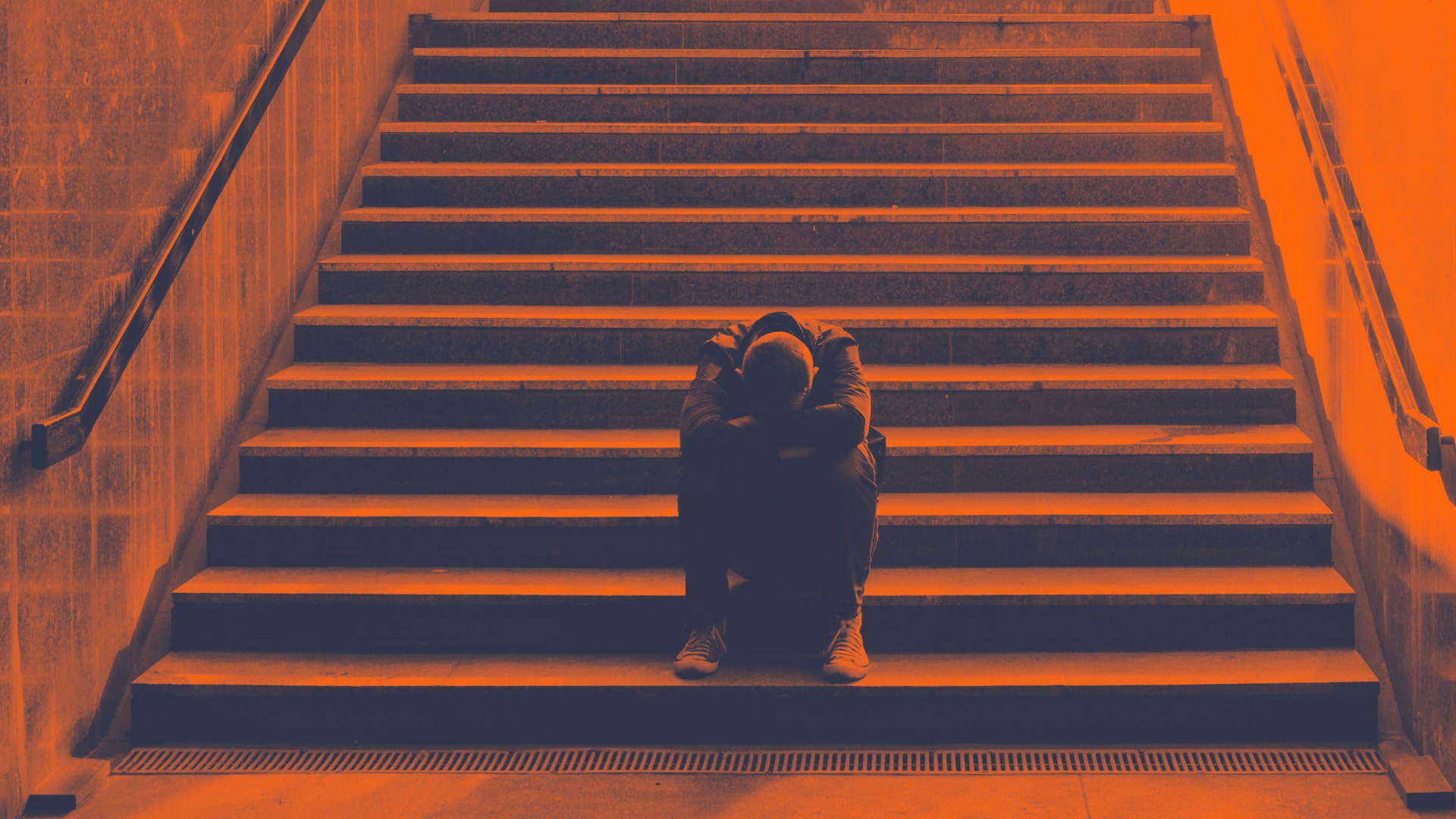
A recently published foot health study shines a light on the role of community health in improving the foot health of people who are homeless.
Little is known about the foot and ankle problems of people experiencing homelessness, but a recently published study has shed light on this often-overlooked public health issue.
Nearly 300 patients experiencing homelessness were the focus of this study, which examined the free podiatry program run by Victorian community health organisation, cohealth. The program operates via a mix of outreach and site-based services. This study analysed different types of foot health presentations and the most effective ways to reach these clients. Here’s what was found, with a link to the full paper here.
“Everyone has the right to live free of pain, and to have access to high-quality health care,” says cohealth outreach podiatrist, Rebecca Mannix. “Having flexible, adaptable services that are designed with clients is really important so that they get the healthcare they need quickly and not wait until problems become emergencies.”
Full findings appear in the recently published paper here.
This case study illustrates the value of community health services when treating a person like Lachie who has cycled through homelessness for most of his adult life, and has a range of health challenges.
A key feature of the community health model is this capacity to respond to a person’s range of needs beyond the service they may have come in for. This is done by building trust with clients such as Lachie, as podiatrist Rebecca Mannix explains.
“Lachie has had bad experiences with many services and has been banned for a few due to some of his reactions and behaviours stemming from his brain injury, but we’ve been able to work with him and he comes to see us when he needs something,” says Rebecca. “We helped him to apply for NDIS when this started and his support worker here helped with that transition as much as possible. Although I’m here to look after his feet, the cohealth team works together to make sure his holistic health needs are met – social, mental and physical,” she says.
Lachie also shares his experiences so far: “People say your brain controls your body,” he says. “But your toes control a lot more than you think. You’re always on your toes. And for someone like me, I’m on my feet a lot, walking a lot. I had been complaining about my feet being sore. I had corns and they were uncomfortable to walk on – I’d be walking down the street and step on the wrong angle, and I’d yell out in pain,” he said.
“Also, my feet were stinking because my nails were so long,” Lachie continues. “I didn’t know that was the reason they smelled at the time – germs get trapped under the nails. Someone put me onto cohealth and I met Bec (Rebecca). She helped me by getting my toes done. And getting me some reliable shoes. Bec understands the way you walk. I had been told to stop walking around so much because I was burning through too many shoes. It’s the only podiatrist I’ve ever used. I’ve never used one before. I wouldn’t know how.”
To find out more about cohealth’s support initiatives, head here.
Interested in reading more about podiatry-based charities making a difference? Head to STRIDE’s regular Footscape update here.
© Copyright 2021 The Australian Podiatry Association
